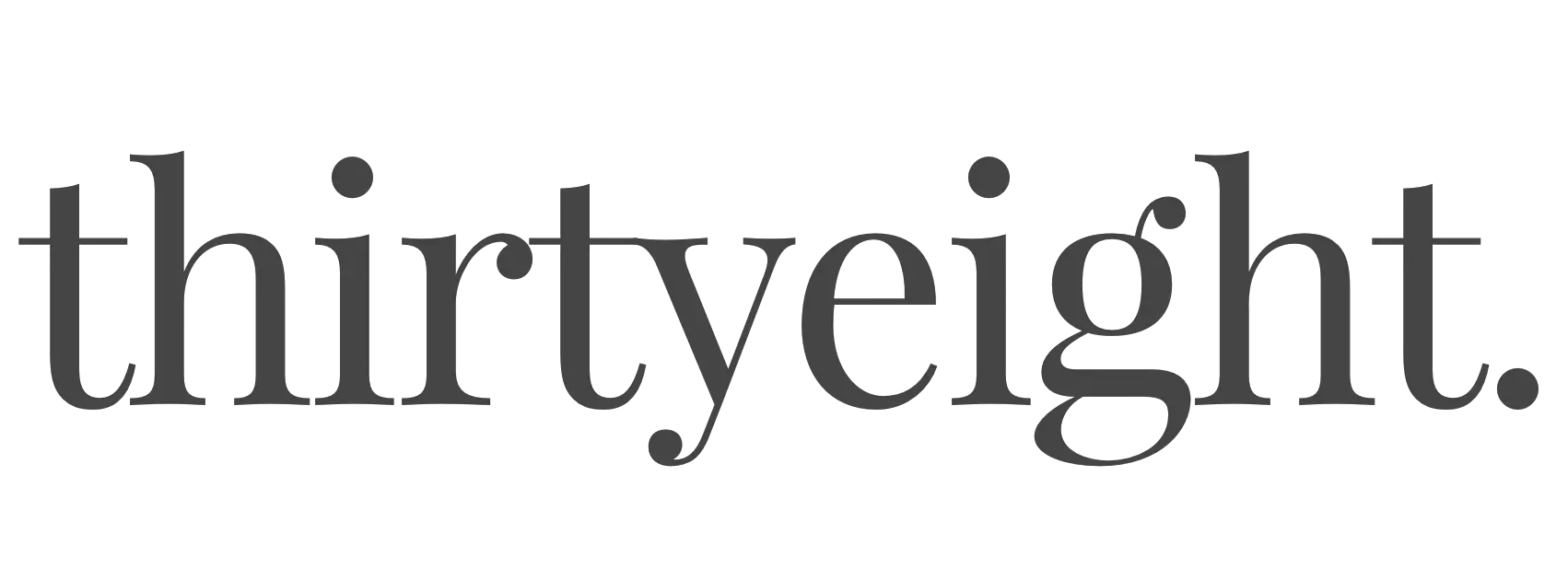Disclosure: This post contains affiliate links. If you click through a link and make a purchase, it will earn me a small commission, at no additional cost to you! See our disclaimer for details.
CASHFLOW SERIES PART 1 – ASSESTS
Before exploring ways to invest, it is critical for you to understand cash flow and the difference between assets and liabilities.
Of course you may be asking, “why?”. What’s so important about these small words?
Understanding these terms will completely shift your mindset around financial independence.
We have divided our series on Cash Flow into three sections:
- First, I’m glad you’re here because this is the place to begin! We’re learning all about assets!
- Second, we’ll go over liabilities, the different types, and why it is so important to understand the difference between those, and assets.
- Lastly, we’ll look at the overall concept of cashflow, how to use assets to your advantage, and how to lessen your portfolio of liabilities!
What is an Asset, Anyway?
Simply put, an asset is something that will make you money in the future.
Before I explain this in detail, we’ll start with some examples of assets!
- Cash
- Retirement accounts
- Real estate property investments
- Land
- Stocks
Now, something I want you to tuck into the back of your mind is that you should want to own as many assets as you can! This will point you toward financial freedom far quicker than putting your money in liabilities!
(We’ll go over this concept heavily in Part 3 of this CashFlow series. Stay tuned!)
You should also know that there are many categories of assets. To be honest, more categories makes it more complicated, so we won’t go over all of them. They wouldn’t all be applicable to you personally, so there’s no point! For now, we’ll brief over the ones that most likely will pertain to the average woman, and encompass everything we talk about here at ThirtyEight Investing.
The categories we’ll examine include “Current Assets”, “Fixed Assets”, and “Tangible Assets”.
What is a Current Asset?
Examples of Current Assets:
- Checking and Savings Accounts
- Short-term investments
- Money market accounts
- Expensive personal items that increase in value over time
- Cash
If you are new to investing then you most likely will have most of your assets in this category.
A current asset is fairly simple to understand, if you just consider the words itself!
I like to put it like this: if you are able to get the money from it right away (“in the current time”), then it falls into this category.
Let’s consider the cash you have stored in the bank as your emergency fund. If your dishwasher broke today, how fast would you be able to pay for a new one? Probably very quickly because you were smart and saved money ahead of time in case of emergencies, right?
Hopefully your answer is an emphatic, YES!
However, let’s imagine you run into a serious financial situation where you need more money than what is in your bank. But let’s also say you have money both in the stock market and in CD’s almost ready to be mature.
You’d still be able to obtain the money you needed by withdrawing your investments fairly soon, to get the money you need. Your CD’s may mature within the month, hypothetically, and you could sell the stocks.
Now, of course that situation would be unfortunate, and it’s important to have not only a diversified portfolio and passive income streams, but that’s talk for another day!
So, the overall idea of a current asset is that it is something that not only gives you money but is liquid. This means you can get the money quickly, unlike other assets you own.
WANT TO LEARN MORE? Check out Tony Robbin’s famous book, MONEY Master the Game!
What is a Fixed Asset?
Examples of Fixed Assets:
- Company retirement accounts like a 401(k)
- Long-term personal retirement accounts
- Real Estate Investments
- Land
It is much less likely that you own many fixed assets if you are new to your financial journey, but it is important to understand how it is different than current assets!
You may be lucky to have either inherited land, or to own some of your own. You also may have recently began long-term retirement accounts, for example a 401(k).
These are great to own, as they can make you a nice amount of money in the long run! Hence, why they are investments. However, fixed assets aren’t necessarily easy to convert into cash.
So, let’s go back to our financial struggle from above. If you were in dire need to get your hands on more cash, could you withdraw from your long-term retirement accounts?
The answer may be yes, but the penalty is so high, making it so you lose a significant amount of your investment. No fun!
There is a reason why you shouldn’t put your hands on certain investments, like a 401(k), before you are eligible to. Heavy fees and high taxes aren’t your friend.
Overall, you should know that a fixed asset is not easy to liquidate. If you are needing cash quickly, your money in these assets would either be very difficult to obtain, or very costly.

What is a Tangible Asset?
This should be an easy idea to grasp! If you understand the definition of “tangible”, you can quickly understand how assets can be categorized this way.
This form of asset is something that can be physically touched.
Both current and fixed assets fit within this category. Unless you own a business, you are most likely to own all tangible assets!
For reference, some “intangible” assets you could potentially own one day include patents or intellectual property.
Does this differ from the aforementioned asset categories? For your situation, no. Current and fixed assets are types of tangible assets! All you need to know is the definition, in case you are asked by a personal finance professional if you own any intangible assets.
Check out this quick picture to understand how tangible assets fit as an umbrella to both current and fixed assets:

So, Now What?
Now that you understand the main types of assets that you many encounter, we need to start exploring the why.
When you own an asset, you should be sure that it will make you money in the future. An investment in a Roth IRA will make you more money when withdrawing at retirement than not having one at all. Owning a unique, antique painting may reward you with more money in 30 years when selling than cashing it out today. Owning a desired piece of land could earn you a significant amount of money years down the road.
Get the idea?
Doesn’t it only make sense that you’d want to own more assets, so that later on you’d be able to have a significant more amount of money? We’ll explore this idea in the remaining Cashflow series articles!
I do want you to think about how many times I included any of the following within this article:
- Vehicles
- Home
- Credit Cards
- Student Loans
These are all very common items to have within your net worth. But, I never once listed them as an asset!
Understandably, you may deduce that having student loans won’t make you money, but I listed it since so many women now are burdened by them.
But, why a home? Isn’t that your best asset?
Your mortgage is taking money from you over and over. It isn’t paying you to live there! We’ll be going over this fully in Part 2 of the Cashflow Series!
Okay, Let’s Summarize!
- An asset is something you own that will make you money in the future!
- Some common assets include: retirement accounts, land, cash, and investment accounts
- A “Current Asset” is one that you will be able to liquidate fairly quickly
- A “Fixed Asset” won’t be easy to liquidate, or may cost you heavy fees if you do so
- Current and fixed assets fit within the “Tangible Asset” It is one that you can see or touch.
Thanks for reading! We’re glad you chose to learn more about cashflow and how to quicken your road to financial freedom! Let’s head on over to Part 2 and learn about liabilities!
You’ve made it this far, let’s keep learning!
ThirtyEight
ThirtyEight Investing is in no way affiliated with any possible companies expressed in this article. All advice and opinions provided in this post are reflections on experience and are honest to help readers make appropriate decisions on their path to investing.


